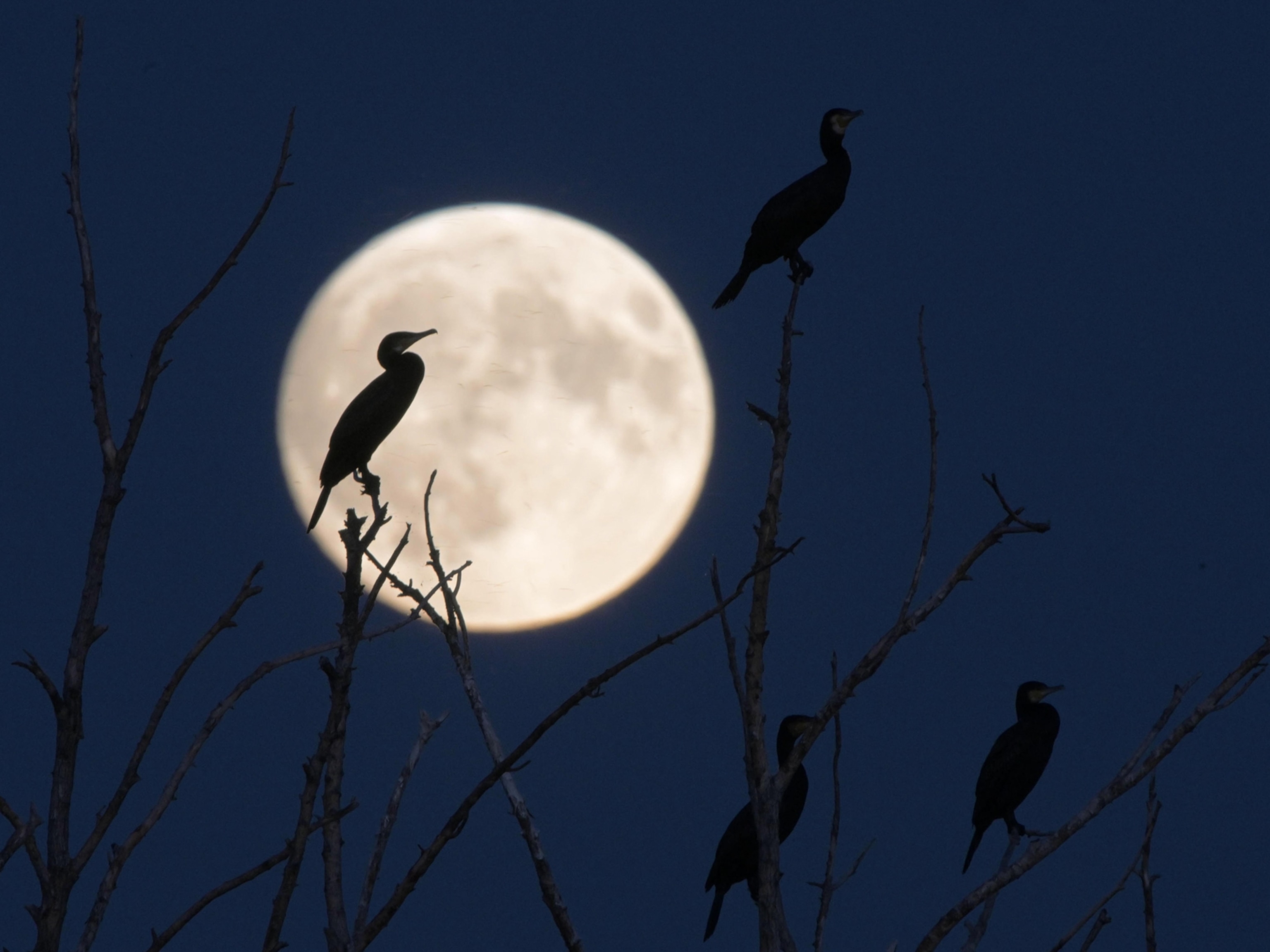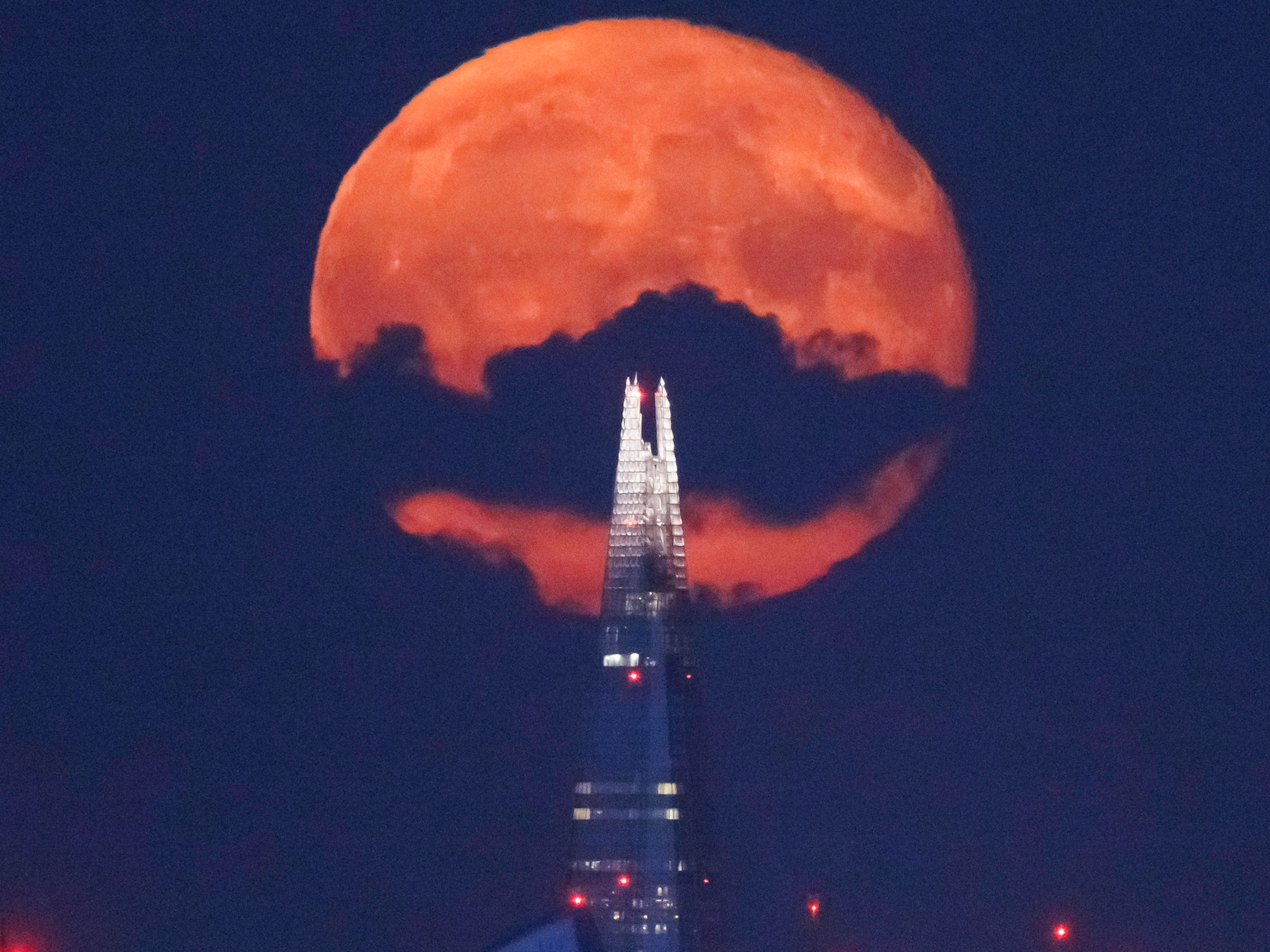
The Lyrid meteor shower happens once a year—and it’s about to peak
One of the oldest annual showers on record, the Lyrids put on a show each spring. Here’s what to know about how to see it and where it came from.
Each spring, sky-watchers get a chance to witness the Lyrids, one of the oldest known annual meteor showers. This celestial event is known to deliver bright and impressively fast streaks across Northern Hemisphere skies, with surprise bursts of extra activity on rare occasions.
The sky show is also considered to be one of the most reliable, making its appearance each April. This year, the Lyrid meteor shower will occur from April 15-29 and is predicted to peak on April 21-22.
But what’s the best way to watch it—and what causes this display in the first place? Here’s what you need to know.
How to get the best view
The best views of the meteors happen when the sky is dark and moonless. So always check for current moon rise and set times before heading out to look for the shower.
While meteors can appear in any part of the sky, most will seem to radiate from the shower's namesake constellation Lyra, the harp. Look for Lyra near the brilliant star Vega, tucked away in the northeastern sky.
(9 spectacular night sky events to see in 2024.)
If you have clear skies, going to the dark countryside away from light pollution will increase your chances of seeing meteors. But even if you are stuck in bright suburbia, you may be able to catch at least half a dozen shooting stars an hour.

The shower begins above the northeast horizon in the early evenings, and observers should be able to see meteors all night long. In Southern Hemisphere skies, Lyra will be at or below the horizon, so viewers there will see just a sprinkling of meteors.
Because the meteors race across much of the overhead sky, there is no need for binoculars or telescopes. Reclining lawn chairs, warm blankets, and a hot chocolate are really all that you need.
What you can expect to see
With a bit of luck, away from city lights, you could catch as many as 20 shooting stars per hour. Be on the lookout for bright, fast meteors, with some even leaving persistent streaks that can be visible for several seconds.
Sky-watchers should also be on the lookout for fireballs, which are space rocks that can be as large as a a basketball when they hit the atmosphere and so are brighter than average meteors.
(Do these falling objects pose a threat to Earth?)
At their most active, the Lyrids have produced meteor outbursts with rates clocked at over a hundred shooting stars an hour in 1922 and 1980. The rates can change so dramatically because of the way meteor showers work.
What causes meteor showers like the Lyrids?
Like bugs hitting the windshield of a fast-moving car, meteors pelt Earth when the planet passes through a particularly dense part of the stream of debris left behind by a comet.
Mostly the size of grains of sand, these meteors burn up as they fall to Earth at speeds of more than a hundred thousand kilometers an hour. About 15 percent of them leave behind persistent, smoky trails that are clearly visible for a few minutes thereafter.
(Everything you need to know about meteor showers.)
The debris that forms the Lyrids comes from Comet Thatcher, which made its last close approach to the sun in 1861. The comet's 416-year orbit is skewed nearly perpendicular to the plane of the solar system, which helps keep the stream of material following behind the comet from being scattered by the gravitational pull of the planets. Astronomers believe this may be why the Lyrids have been a reliable sky show for centuries.
Records of the Lyrids stretch back more than 2,600 years. Chinese astronomers in 687 B.C. noted that this meteor shower was so prolific that the meteors were “falling like rain.” Fast forward to 1803, and newspaper articles tell of a Lyrid meteor storm that was widely witnessed across the eastern United States, with shooting stars continually falling in just about every direction, like rockets in reverse.





